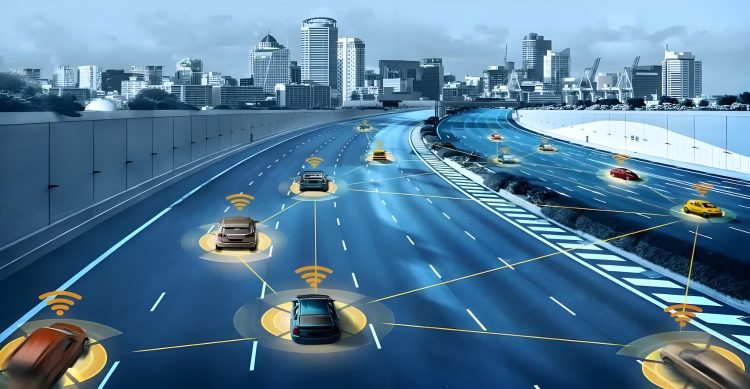In the dawn of a new era, where technology intertwines seamlessly with our daily lives, the advent of autonomous vehicles marks a pivotal moment in human transportation history. It’s not just a leapfrogging advancement in automotive technology; it’s a testament to the relentless pursuit of innovation and the transformative power it holds for society. As we stand on the cusp of a commercial revolution, the narrative of autonomous vehicles unfolds like a thrilling odyssey, promising safer roads, reduced emissions, and a futuristic redefinition of mobility.
From Dream to Reality: The Evolutionary Journey
For decades, the concept of self-driving cars existed solely in the realm of science fiction, fueling the imagination of futurists and technophiles alike. But today, that futuristic vision is rapidly becoming a tangible reality. Companies across the globe, from tech giants to traditional automakers, are pouring billions of dollars into research and development, racing to bring autonomous vehicles (AVs) to the mass market.
The commercialization of autonomous technology involves more than just designing and manufacturing these intelligent machines. It necessitates the creation of a robust ecosystem that encompasses everything from advanced sensors and AI algorithms to the legal and regulatory frameworks that will govern their operation. This journey has been fraught with challenges, yet each obstacle overcome brings us closer to the threshold of a new transportation paradigm.
Revolutionizing Mobility: The Benefits of Autonomous Vehicles
The commercialization of autonomous vehicles holds immense potential for revolutionizing mobility in ways we can barely fathom today. At its core, AVs promise to make our roads safer by eliminating human error, which is responsible for the majority of traffic accidents worldwide. With fewer collisions, there will be a significant reduction in fatalities and injuries, transforming the way we perceive road safety.
Moreover, autonomous vehicles have the potential to drastically cut down on traffic congestion and emissions. By optimizing routes and reducing idle times, AVs can significantly improve traffic flow, leading to cleaner air and a more sustainable future. Additionally, they offer unprecedented access to transportation for those who are physically challenged or live in areas with limited public transportation options, fostering a more inclusive society.
Overcoming Challenges: The Road Ahead
While the promise of autonomous vehicles is undeniably exciting, the path to full commercialization is not without its fair share of challenges. One of the most significant hurdles lies in navigating the complex legal and regulatory landscape. Governments worldwide are grappling with how to adapt existing laws and policies to accommodate this new technology, ensuring public safety while fostering innovation.
Another challenge is public acceptance and trust. Many people are understandably hesitant about relinquishing control to a machine, particularly when it comes to something as critical as driving. Building public confidence in autonomous systems will require a concerted effort from industry players, policymakers, and educators to educate the public about the benefits and safety features of AVs.
The Future is Now: Embracing the Autonomous Era
As we stand at this historic juncture, it’s clear that the commercialization of autonomous vehicles is not just a matter of technological feasibility; it’s a question of will and determination. The world is poised for a transportation revolution that will redefine our understanding of mobility, safety, and sustainability.
As we embark on this exciting journey, let us embrace the opportunities that lie ahead, recognizing that autonomous vehicles represent not just a technological advancement but a symbol of human ingenuity and the relentless pursuit of progress. Together, we can shape the future of mobility, one that is safer, cleaner, and more inclusive for all.


















































Discussion about this post